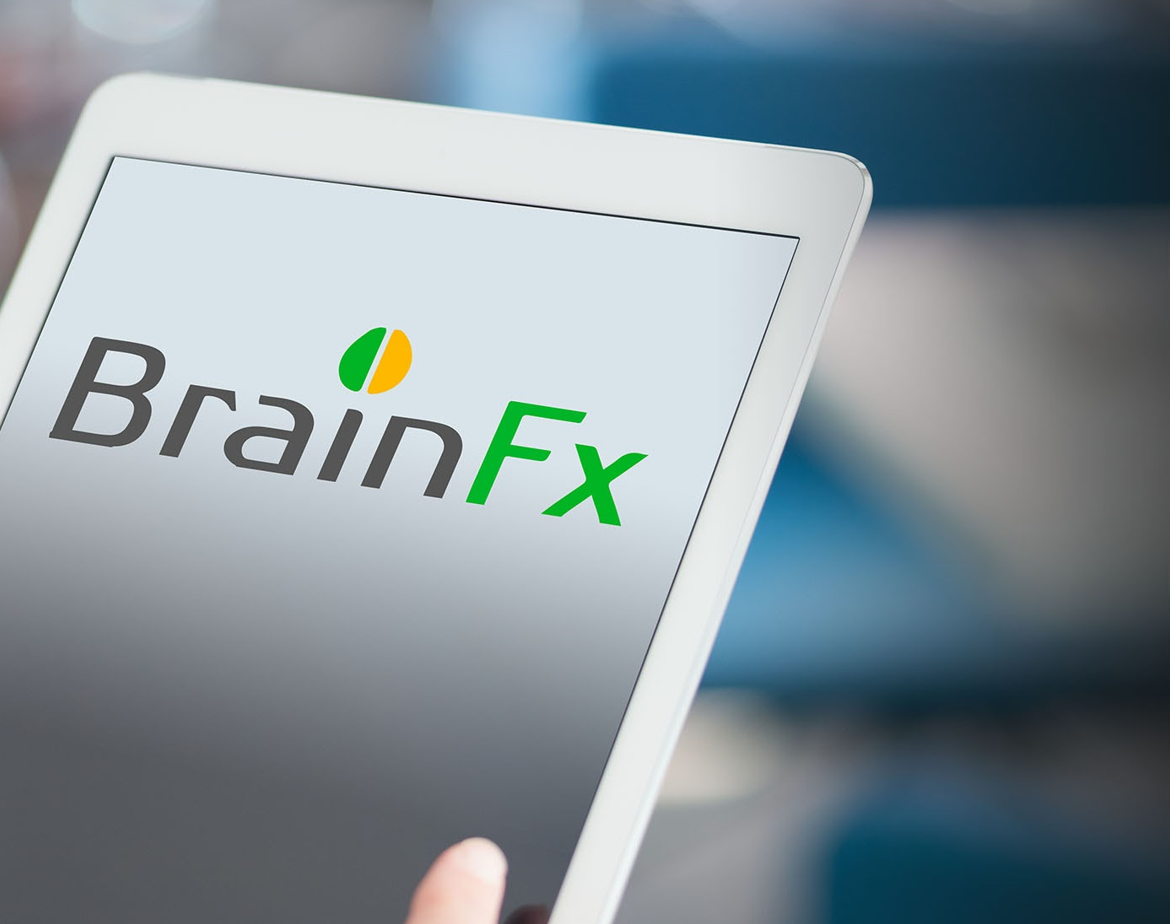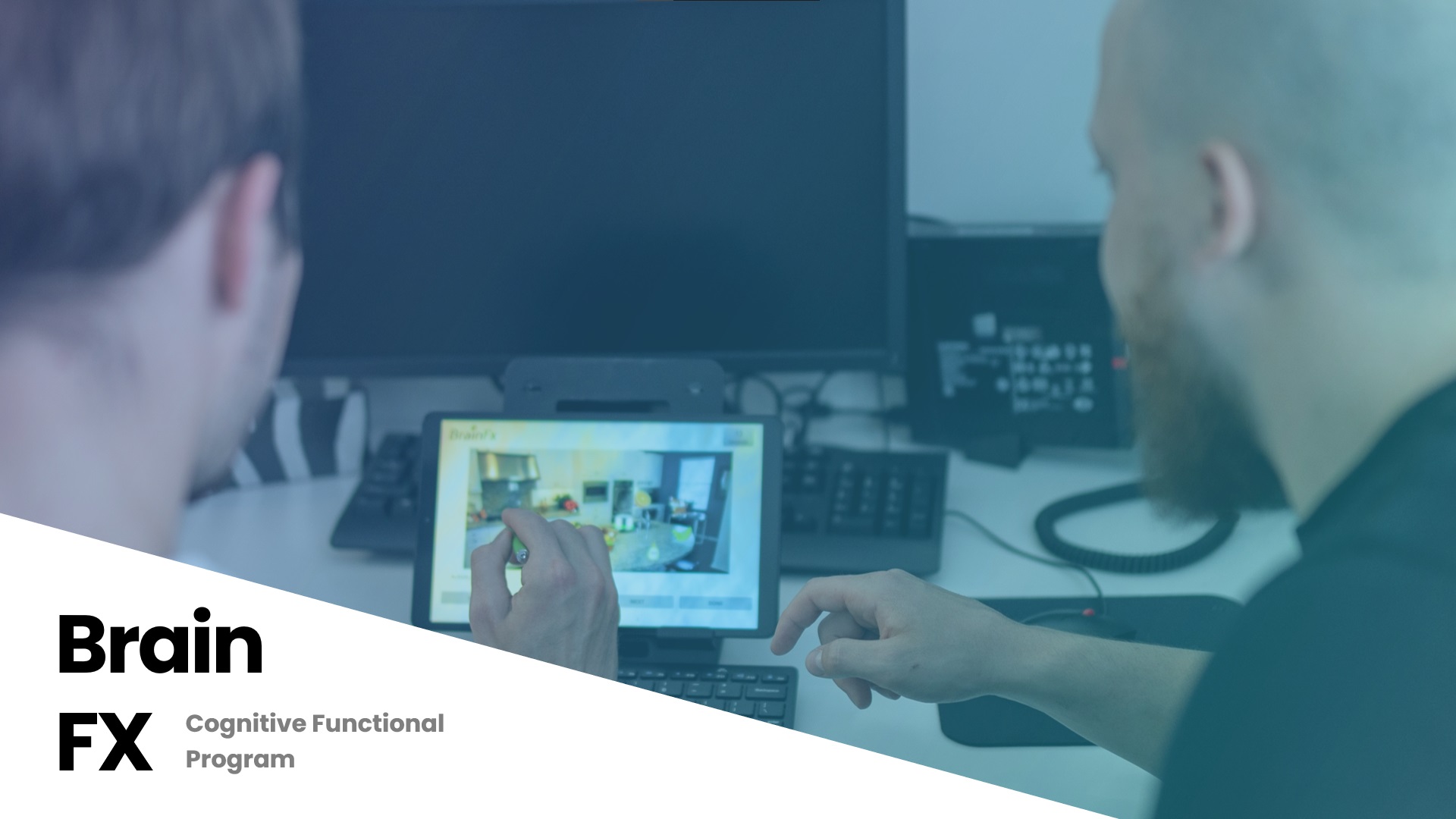A large portion of the population sustains a brain injury over their lifetime, with many of these individuals being undiagnosed and untreated, leading to secondary health issues. Whether it be a concussion, a stroke, dementia, or a traumatic brain injury, targeted treatment can lead to better functional outcomes. The BrainFX assessment was founded by Tracy Milner and Heather Condello who were both Occupational Therapists practicing in the field of neurorehabilitation. This assessment was created to fill a gap between
real-life functional performance and standardized assessment tools. Often times with standardized testing, more multifaceted and crucial cognitive skills were missed and could not provide a comprehensive understanding of one’s functional status. By measuring only an aspect of cognition, the impact of a client’s challenges on their everyday routine and quality of life is difficult to recognize. The BrainFX is a comprehensive functional assessment that is based on data and developed through clinical knowledge, extensive research, and technology to enhance our method of assessing and treating brain injuries, which can ultimately lead to better treatment planning for clinicians. The results from these assessments provide a reflection of an individual’s neurofunction at the time of the evaluation and can be used to develop interventions for cognitive deficits, physical issues, psycho-emotional changes, and psycho-social challenges. It should be noted that assessing neurofunction through this method is not diagnostic in nature.
Who can Complete the BrainFX 360 Assessment?
The BrainFx is for ages 10+ and for those who are healthy or have experienced one of the following:
- Concussion/Brain injury
- Stroke
- Mental illness
- Mild Cognitive Impairment / Early Dementia
- Learning Disability, ADD/ADHD, Top end of Spectrum
- Other neurological/brain disorders
- Other conditions with cognitive effects
Important Considerations:
- The client must be literate or fluent in the language the BrainFX is completed in.
- The client must have sufficient bilateral hand functioning to be able to draw, select, perform pinching
actions, and use a stylus. Short nails on the thumb and index finger are also required for pinching
activities. - Compensatory strategies may be used but should be noted during the assessment.
- The client should be able to hear medium-level frequencies and be able to discern between colours.
Individuals should be able to wear headphones (e.g., those with sensory issues or hearing aids
may have challenges with this section of the test). - A client’s vision should be considered (e.g. glasses should be worn at the time of the assessment
if the client has difficulties reading small font and/or use reading glasses) - The client should be able to tolerate a minimum of 1 hour for activities
Performance Assessment
The BrainFX consists of functional activities that measure a variety of cognitive functions (30 cognitive skills are tested during this assessment). Below is a list of skills that are assessed in this assessment and a legend which clinicians use to interpret results. Clinicians should also interpret results based on their own clinical opinion and knowledge as every client is different. This assessment also takes into consideration a client’s medical history, mood changes, sleep/fatigue, nutrition, and other personal information which may affect a client’s performance.

Brain FX
Sensory and Physical Skill Performance
- Visual skills
- Hearing skills
- Fine motor coordination
- Balance
- Impulsivity
- Emotion recognition
Foundational Skill Performance
- Memory- immediate auditory
- Memory – immediate visual
- Memory – immediate auditory, complex, novel
- Temporal awareness
Intermediate Skill Performance
- Attention – selective to visual distraction
- Attention – selective to audio distraction
- Memory- delayed auditory and written
- Memory- delayed written and cued
- Working memory
- Problem solving
- Constructive ability
- Route finding
- Sequencing
Complex Cognitive Skill Performance
- Attention – divided
- Memory- delayed for faces and names
- Memory – prospective, auditory
- Mental flexibility
- Abstract reasoning
- Universal skill performance
- Judgement for safety
- Foresight for safety
- Comprehension and humour inferences with distraction
- Executive functioning and combined skills

Sonia Sharma, MScOT, OT Reg. (Ont.).
Additional information
- Self-report- Prior to the BrainFX 360 Assessment, subjective information can be provided by the client via questionnaires in their BrainFX portal.
- The BrainFX 360 assessment can be performed in-person with a certified BrainFX administrator (CBA), client, and a tablet. A virtual BrainFX assessment can also be completed to allow a CBA and
a client to complete an alternative version of this cognitive assessment through a secured video call. - Clients can also complete a companion report which takes the collateral information provided by up to 3 people (the client selects 3 individuals that know them well). They complete a questionnaire
to share their perspective. - The BrainFX screener is used to assess seven cognitive skills in clients who are suspected to have cognitive decline or dysfunction. Results from this screen can help support the need for further
cognitive assessment and treatment. The eligibility criteria for the BrainFX screener are similar to that of the BrainFX 360 assessment. - For more information on the BrainFX Functional Cognitive Assessment, please contact Health Bound to speak to an Occupational Therapist who is a Certified BrainFX Administrator!
References
About. BrainFx. (2021). Retrieved October 9, 2021, from https://www.brainfx.com/about-brainfx/Enabling detection of milder cognitive dysfunction. BrainFx. (2021). Retrieved October 9, 2021, from https://www.brainfx.com


